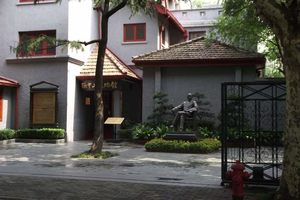How to Recreate Your Lost Family Recipes, According to Historians and Chefs
Michael Twitty was leading a conversation on African diasporic food when the woman he was speaking to broke into tears. Twitty, a food writer, historian, and historical interpreter, had just explained that the word for “eat” in Wolof, a West African language, is nyam. The woman, a Massachusetts resident from an African-American and Puerto Rican family, had a lingering memory of her mother and grandmother repeating the word “nyam” during meals. But she never knew that the word was a direct connection to Africa.
For Twitty, who has devoted his life to tracing the roots of African-American cuisine, these moments of revelation are common—and electrifying. “You almost faint because you know who you are,” Twitty says. “No one can take that away from you ever again.”
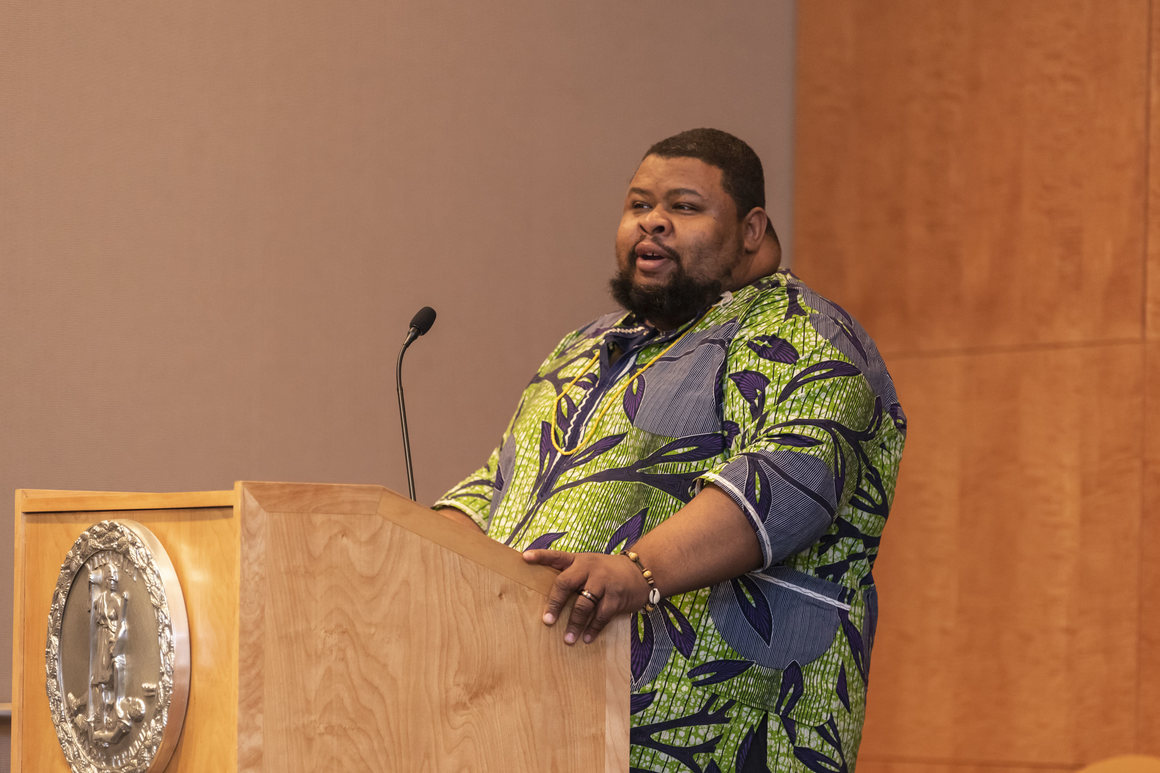
Twitty has traveled from the American South to West Africa, using a mix of historical documents, participant-observation, and oral history to unbraid the complex culinary strands of the African diaspora. Through his writing and his workshops, he helps other African Americans understand the roots of their families’ culinary traditions, which centuries of slavery and white supremacy threatened to sever. Each bowl of okra soup or snippet of kitchen-table conversation is an ark from the past, a missive from the difficult, joyful story of how the community has come to be where it is today. “Between the pain and the celebration, the culture is created,” he says.
While Twitty’s work is especially meaningful to Black Americans, he says this kind of inquiry can connect participants of all backgrounds to their pasts, and to each other. “I see people really begin to connect the dots” between their family cuisines and those of other cultures, says Twitty of his workshops.
Like Twitty, Seattle-based chef Melissa Miranda has drawn on memory and kitchen observation to connect to her family’s culinary history. She worked with community elders to create a series of pop-up dinners celebrating local immigrant moms, then established her restaurant, Musang, based on her family’s cuisine. “The restaurant that we opened, it’s just Filipino food based off our childhood memories,” she says.
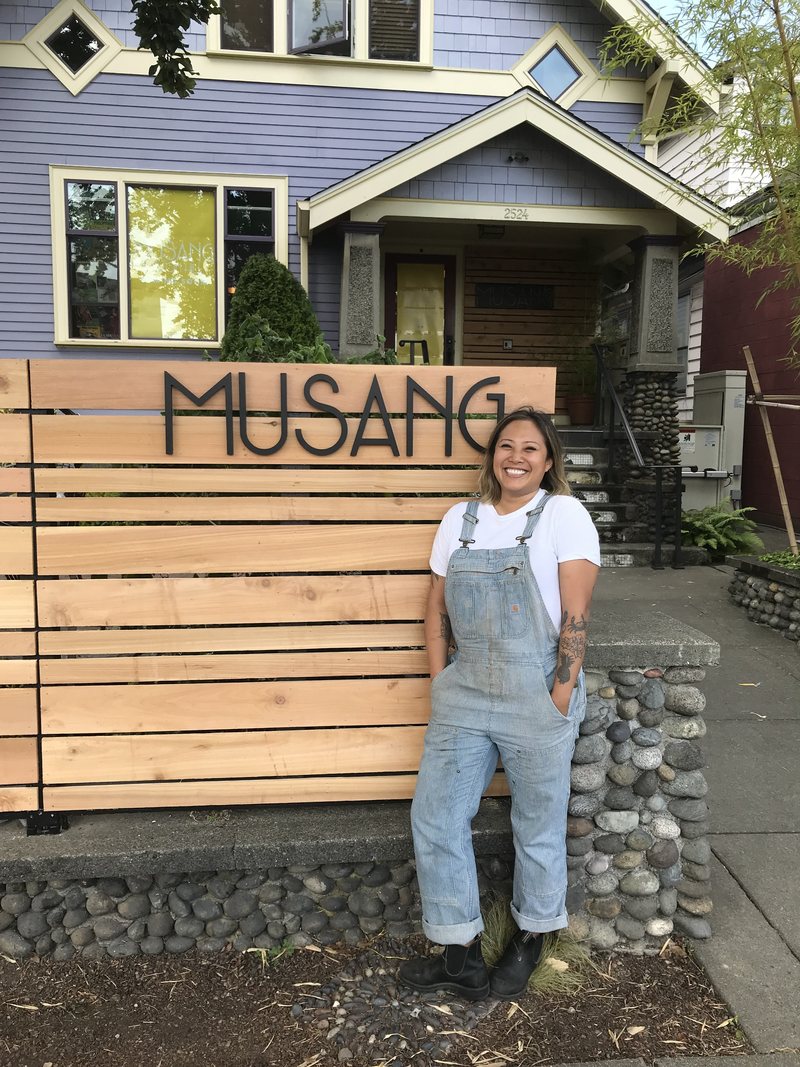
You, too, can use sensory memory, oral history, and historical detective work to better understand, or to recreate, family or cultural dishes that you connect with. Whether you have a trove of recipes in your naani’s handwriting, or just a lingering memory of a tia’s tres leches cake, you can apply insights from chefs and culinary historians to cook family recipes that hold special meaning to you, even if the elders who originally made them are gone. I spoke to Twitty, Miranda, and Veronica and Dayana Salazar, the mother-daughter team behind the Bay Area’s El Huarache Loco, about how they bring their own family flavors to life—and how you can, too.
Draw From Memory
When Veronica Salazar immigrated to San Francisco, she brought memories of her family’s Mexico City restaurant. The recipes weren’t written down; family members learned through observation. In San Francisco, Salazar drew on these memories to cook and sell Mexican street food, eventually working with food incubator La Cocina to launch El Huarache Loco.
In 2019, she worked with her own daughter, Dayana Salazar, to publish the family’s recipes for a popular salad and for caldo de gallina, or hen soup, in the La Cocina cookbook. Translating her intuitive cooking style to precise measurements was a challenge. “It was hard for me when they told me, ‘You have to make a recipe,’” she says. “We don’t do that. We just know the flavors.”
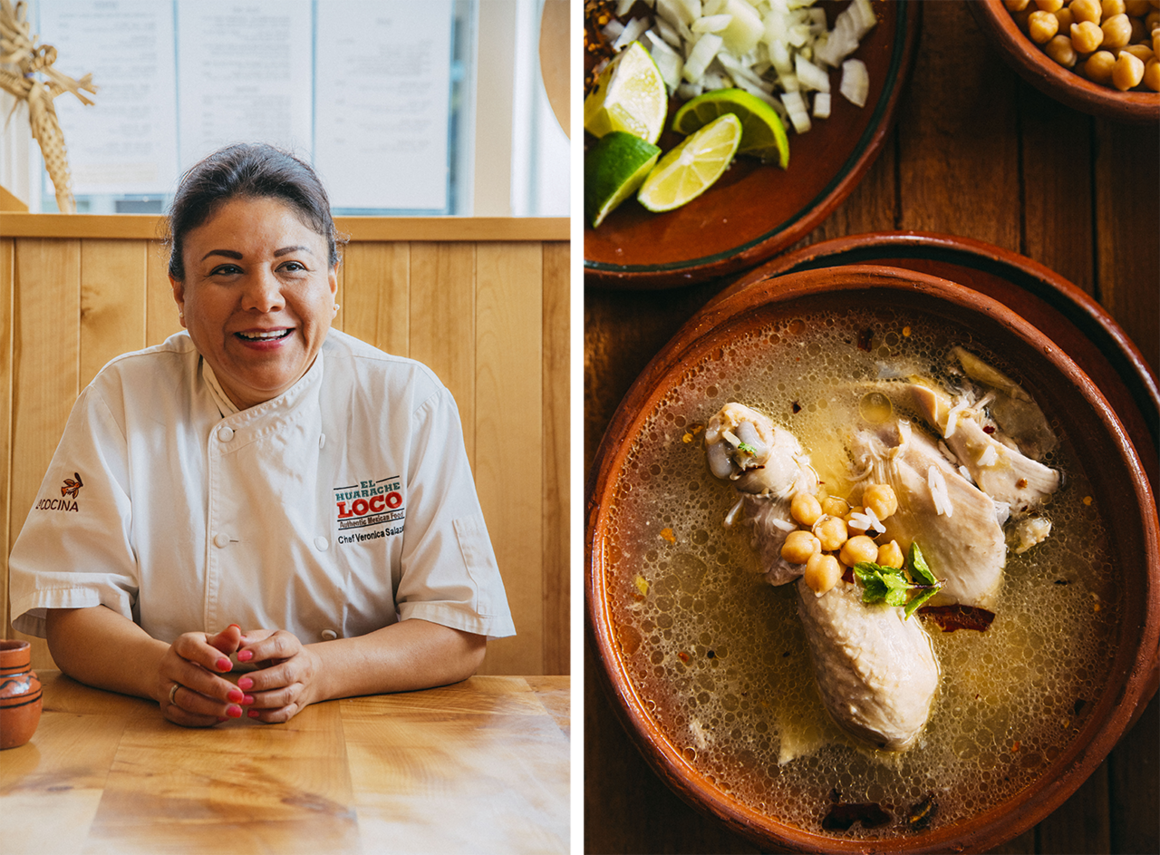
Even if you didn’t grow up in a restaurant, you can also use sensory memory as a starting point. Focus on the dish you’re interested in recreating. When do you remember eating it? What did it taste like? Smell like? Look like? Do you remember the sights, smells, or sounds in the kitchen as someone created it? What places, people, and traditions do you associate with the dish? What did you feel emotionally when you ate it? Have you ever tasted anything similar to it in a restaurant or at a friend’s house?
Take notes about everything you can recall. It’s okay if this is stream-of-consciousness; the point is to get your memories down on paper. These notes are the beginning of your recipe.
Watch and Learn
Musang was born from a pop-up dinner series Melissa Miranda called “No Cookbooks Allowed,” in which she and her sous chefs recreated recipes they learned by watching local Thai-, Vietnamese-, and Filipino-American moms cook. “I think observation and listening were really the best tools,” Miranda says. Watching and learning paid off: The moms liked her recreations.
If you know community elders who cook food similar to the dish you want to recreate, ask if you can watch them in the kitchen. (If it’s not possible or safe due to physical distance or social-distancing requirements, ask them to keep on video chat or speaker phone while they cook.) Observation can provide nuance that a written recipe can’t, especially for dishes that have been passed down.
Miranda advises asking for tips and tricks and asking open-ended questions, such as, “Would you mind showing me how you would do this?” You can take a video (with their permission) or take notes as they cook. Above all, absorb the sights, sounds, and, if possible, smells of the kitchen.
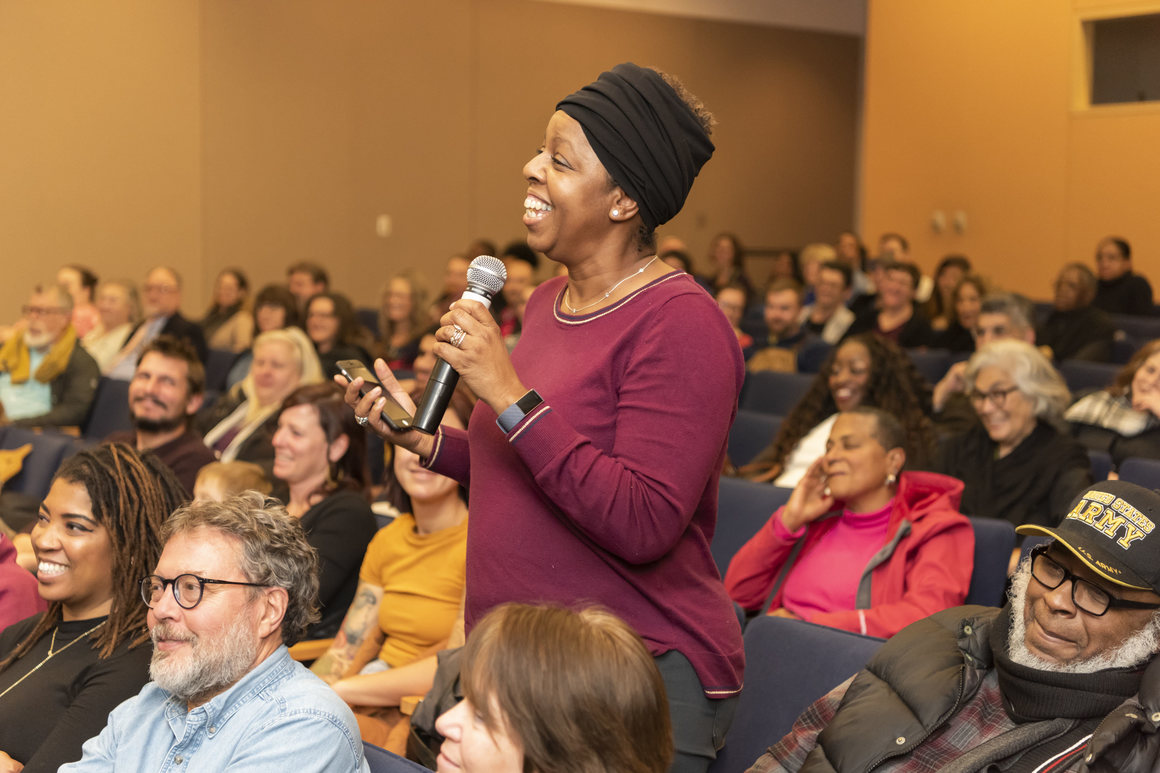
Twitty also interviews and observes community elders in his research. He suggests asking for details like how long they’ve been eating a particular dish, who first made it for them, and what memories they associate with it. In the kitchen itself, he advocates a fly-on-the-wall approach. “I don’t get into somebody’s face the first time,” he says. Instead, he asks if he can help with kitchen chores while watching their process. “I want to respect the fact that they are, in that moment, a master.”
Research the Context
A culture’s cuisine is like a woven tapestry: Each ingredient or technique is a thread that connects to the intricate whole. Take, for example, Twitty’s childhood memory of his Southern grandmother, who poured hot sauce onto her greens from an old 7-Up bottle with a pricked, rusted metal lid.
When Twitty researched the culinary history of what is now Ghana, he found records from a French Huguenot slave trader—a “disgusting person”—who had written about the region’s food. The trader remarked that local people loved “cabbage,” a stand-in for all leafy greens. Twitty’s memories of his grandmother’s greens and hot sauce clicked into place. “I just went, ‘Wait a minute, here are the pieces,’” he says. When Twitty tested his DNA, he also found a genetic connection to contemporary Ghanains. That bowl of greens wasn’t just his grandma’s idiosyncratic habit; it was a breadcrumb trail from the American South to West Africa.
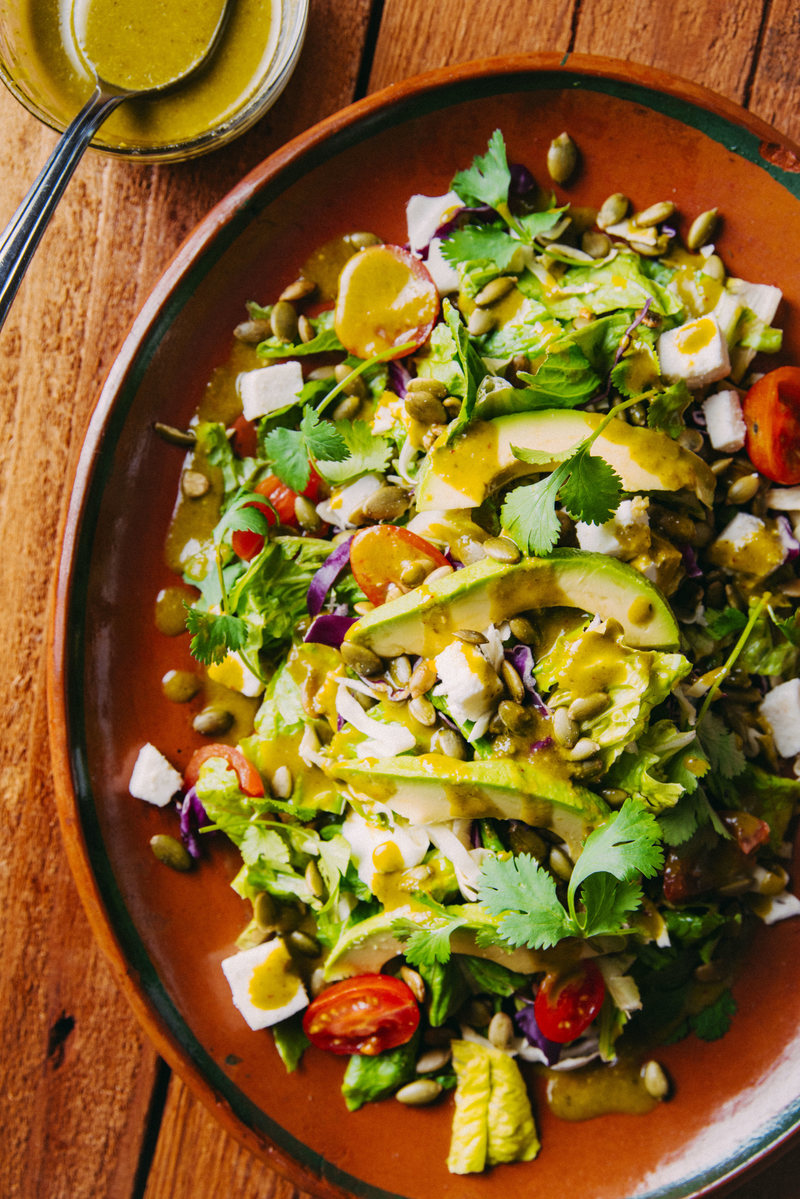
You can use similar context clues to trace your own food memories to their historical origins. You can research: Where would your ancestors have gotten the dish’s ingredients? What meaning would those ingredients have held for them culturally? How did migration, conflict, or changes in technology affect how those ingredients were used? What other descriptions or recipes of the dish exist in food blogs, or in contemporary or vintage cookbooks?
If you already have a recipe or a specific dish in mind, this kind of inquiry can help you better understand the meaning behind each ingredient or step. If you’re trying to recreate a recipe from scratch, researching the broader historical context in which your ancestors cooked and ate can help you identify ingredients and techniques that would have been important for them.
If you only have a vague memory of your aunt’s polpette di asparagi, but you know her parents immigrated from Sicily to the Bronx in 1920, you can fill in the gaps in your knowledge by researching how Sicilian immigrants cooking in the style of la cucina povera brought a taste for asparagus to Arthur Avenue.
Develop (and Trust) Your Intuition
Dayana Salazar was seven years old when she began helping her mother, Veronica, in the kitchen. “It was so natural to me,” Dayana says. When La Cocina’s cookbook launched in 2019, containing Veronica’s recipes, Dayana, then in her mid 20s, was tapped to travel to Detroit to cook for a book event. That was when the doubts set in. “A couple days before I went to Detroit, my mom was like, ‘It’s on you,’” Dayana says. Nervous, she took a notepad into the family’s restaurant kitchen to watch and record her mother’s bean recipe in case she forgot.

But when it came time for Dayana to cook in Detroit, she didn’t have time to follow the recipe step by step. So she winged it. The end result was so good that guests wanted to know how she did it. “I don’t know,” Dayana told them. “I was just going by taste.”
That elusive quality—taste and intuition—is often the key ingredient that can turn your meatballs, barbecue, or noodle soup from good to the spitting image of your great-grandfather’s.
For Twitty, intuition in the kitchen comes from interacting with a cuisine over time. “People don’t want to hear that there’s a part of the cooking that takes a while to get,” says Twitty. Yet intuition requires developing a relationship, and not just with the food itself, but with how food fits into a group’s values and way of life. “Our tradition values far more than techniques,” says Twitty of African-American food. “It values the meaning behind the food, the use of the food to create social cohesion and foster cultural memory.”
If you didn’t grow up in the kitchen, you can still develop that intuition with practice. The more you cook and watch others cook, the more you’ll develop your own ability to “go by taste.” Similarly, recreating a recipe may mean not just cooking the dish, but cooking it in the context your ancestors enjoyed it, whether on Christmas Eve or for funerals. “You have to spend a lifetime doing this,” Twitty says.
Don’t Get Hung Up On Authenticity
The dishes Melissa Miranda and her collaborators serve at Musang are inspired by the Filipino food they grew up eating. But each dish contains a special twist: chicken adobo that’s roasted rather than braised, or a Filipino-style take on the Italian-American Feast of the Seven Fishes. “We’re authentic in terms of flavors, and not traditional in terms of how dishes are presented and cooked,” says Miranda.
That’s created confusion among some diners. “There have definitely been some elder Filipinos who have come in and said, ‘I don’t get it,’” says Miranda. But for Miranda, authenticity is more about flavor and feeling than about doing a literal rendition of every dish. This approach has impressed the most important critics: Her parents love the restaurant.
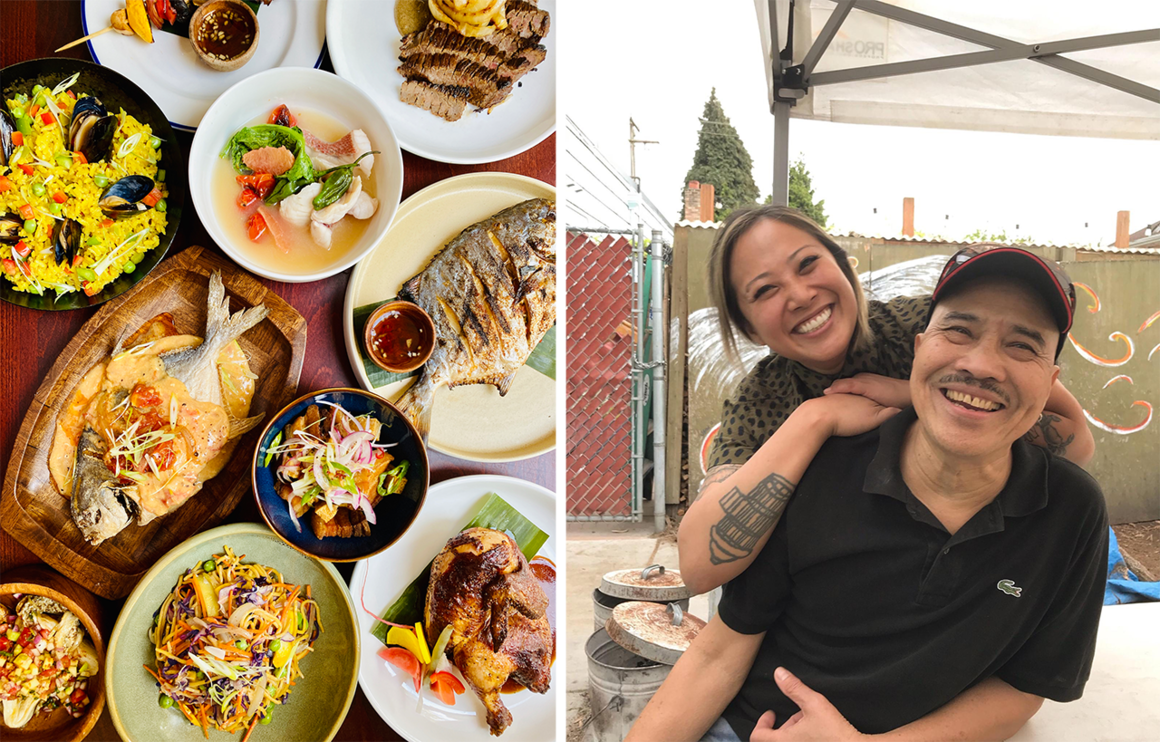
When you’re searching for that elusive taste from your memories, you may worry that you’ll never achieve precise authenticity. Twitty says that’s okay. For his historical interpretations, Twitty dresses in period clothing and cooks with the antebellum implements of his enslaved forebears. It’s “an act of devotion to my Ancestors,” he writes. Yet, Twitty says, authenticity is less about the correctness of the ingredients or tools than about the feeling behind it. “The spirit of the food and who you cook it for is the most important part of authenticity.”
Cooking has always been about time, place, and season. You live in a different era, and likely in a different place, than your ancestors. You have access to a different set of ingredients, even to a different sense of taste. There may be gaps in the historical record, or parts of your family history that you can never know. Rather than being frustrated with the information you don’t have, you can reflect on what historical factors created these gaps in knowledge—an approach that Jessica B. Harris, a food historian of the African diaspora, has called “studying the silences.”
After all, sometimes the dishes we canonize as authentic are simply things our ancestors picked up along the way. Twitty, who is Jewish, tells a joke about a mother who cuts brisket a particular way. Her daughter cuts it the same way; then her daughter. When the granddaughter asks the grandmother why, assuming the technique is a time-honored tradition, Bubbi says, “Because it didn’t fit the pan.”
Pass It On
Recently, Twitty was at his cousin’s house, spinning stories for the children. He told them about their grandmother, who made the best fried chicken in the world, and about their great-grandparents, who skipped meals so their kids could eat during the Depression. “I’m the memory of the family,” Twitty says.
Family culinary history is chronicled in our tales and written records, but it also lives in our senses and our bodily rhythms. Your food history is in the way you bring roti to your mouth, with a flick of the wrist just like your grandfather’s; the way you put hot sauce on your greens; the way you cut your brisket, in the shape of a pan that has long since ceased to exist.
However your recreated pasta con le sarde, okra soup, or pozole comes out, the simple act of cooking and sharing connects you to those who came before you, and those who will come after. For Twitty, cooking boils down to this relationship of stewardship. “I know it,” he says, “And I pass it on.”
